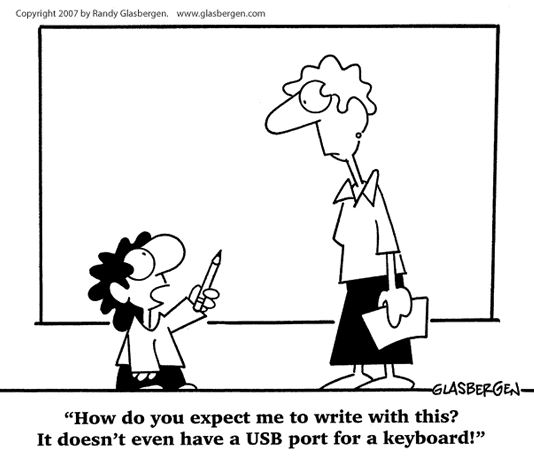Short video as a powerful tool
Youtube has been around since 2005 and since then it has generated different kind of interests and communities. Youtube has been the company that made us realize the power of animated or moving pictures in a short length. If the plan is carried on properly, the shorter the video, the more powerful is its message and more meanings are generated. This is pretty much at the end of the storytelling sphere where you have on the other end the film format that extends to two hours or more to convey a story and a message.
In the digital age quality is not measured by length but how the content is expressed. In this segment I will showcase different short videos that were produced by former students and try to make a point that a short video is just as powerful too.
The following examples are from the project I did with Lennarth Bernhardsson, a Digital Media instructor from University West Sweden back in 2011. We wanted to uncover what makes “a great learning experience” and the students express their answers by creating a two-minute video or less.
Learning is not only confined in the classroom setting, on the contrary it’s the experience you gain that makes your learning worthwhile. It’s true that you can never learn without guidance, but guidance being itself is only there to aid you in your learning experience. Our group believes that people learn best if they discover something and this something sparks their interest, the interest they gain will keep them motivated to learn and through enough practice will give them the skill they need to succeed. The video was directed by John Eric Uy.
Failing a class doesn’t always mean the end of the world. This video shows how one can turn little setbacks into learning experiences.
Next Time by Igoy Dimaano, Iya Del Rio, Kevin Caballas, Mark Moraga, Nicole See-Diet is licensed under a Creative Commons Attribution-NonCommercial-NoDerivs 3.0 Unported License.
This was done as a part of a video and editing course at University West. We were to express a “Great Learning Experience” through the use of mostly only Creative Commons Material.- Linus Forsell
The three videos exhibited 21st century student outputs. It shows and demonstrates students today have a medium of their own blended with their own creativity.
Thank you Youtube for this wonderful digital invention. Everyone can create a story or tell a message and broadcast it in a platform that is accessed by the whole world. As most institutions recognize the power of video, even the Ministry of Education of Singapore has made it as a very meaningful tool to tell their citizens and to tell the world the importance of the teaching profession. Here are two videos they have made to tell that teaching is an important business and profession in the development of a nation.
The video Mrs. Chong was uploaded in 2012 in Youtube and the Why video was only uploaded this 2016.
Each of these videos of the Ministry of Education of Singapore is three minutes. But each is filled with insightful questions, narrative and reflections to tell. This is the power of the short video.


